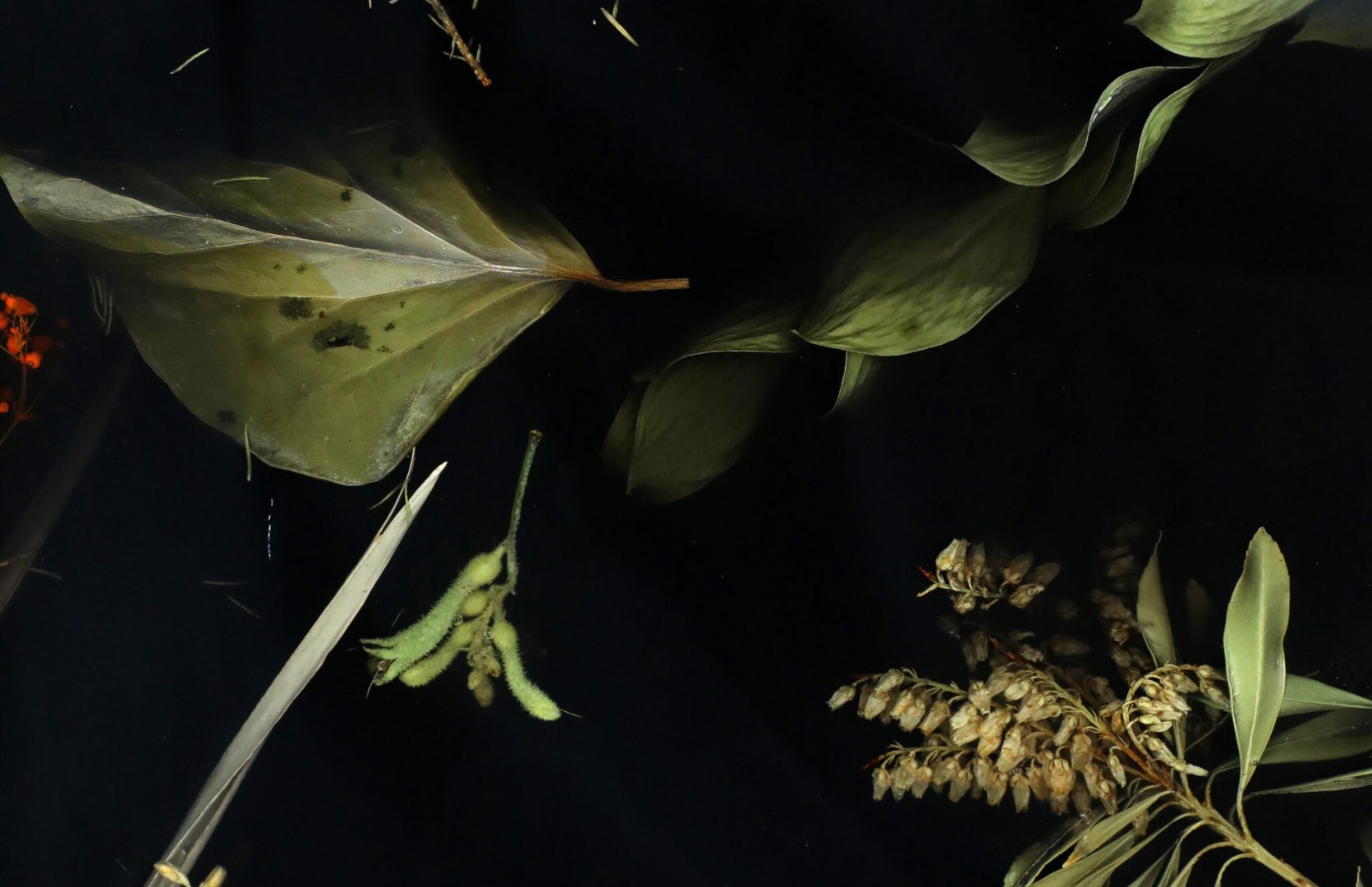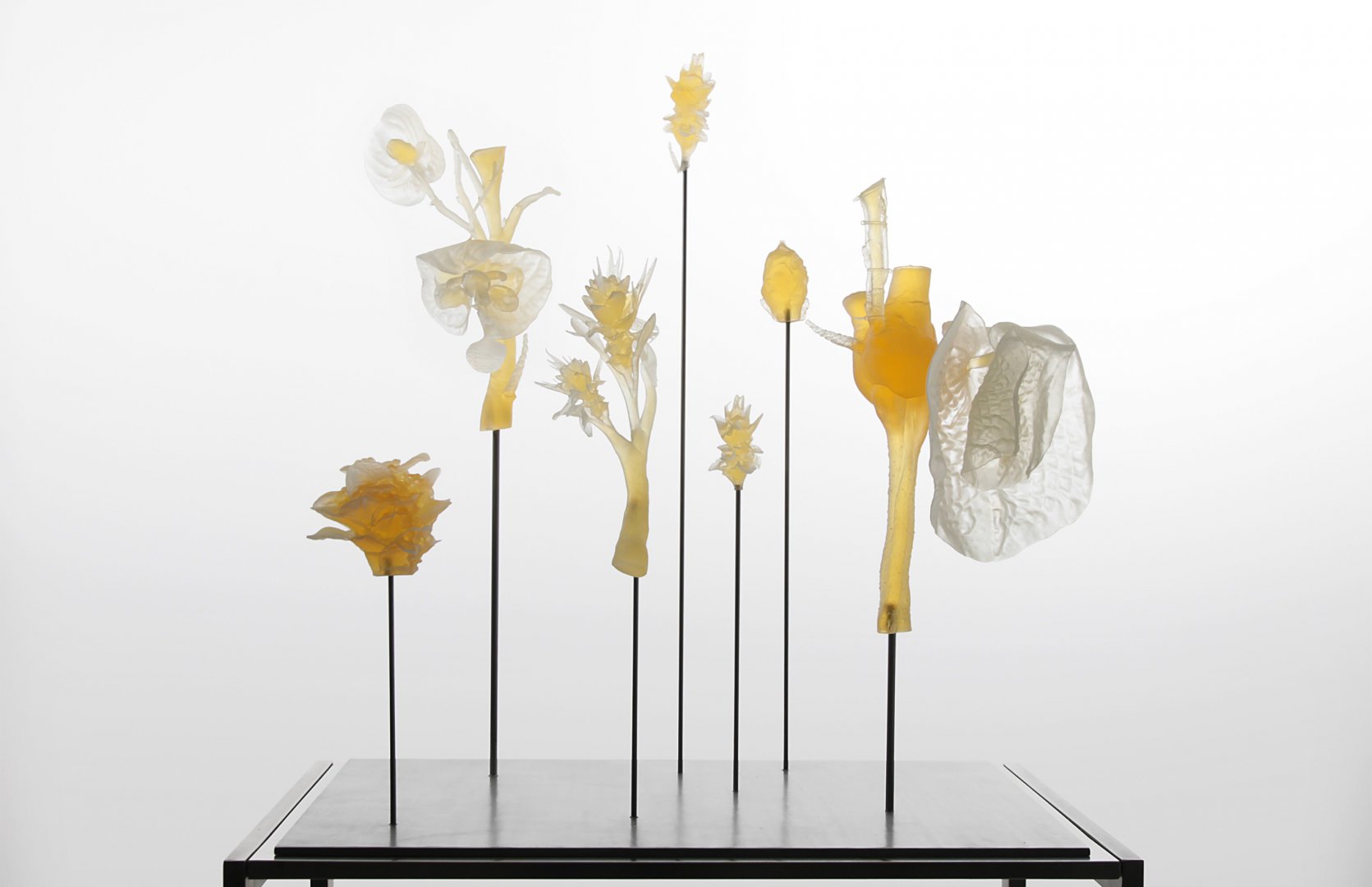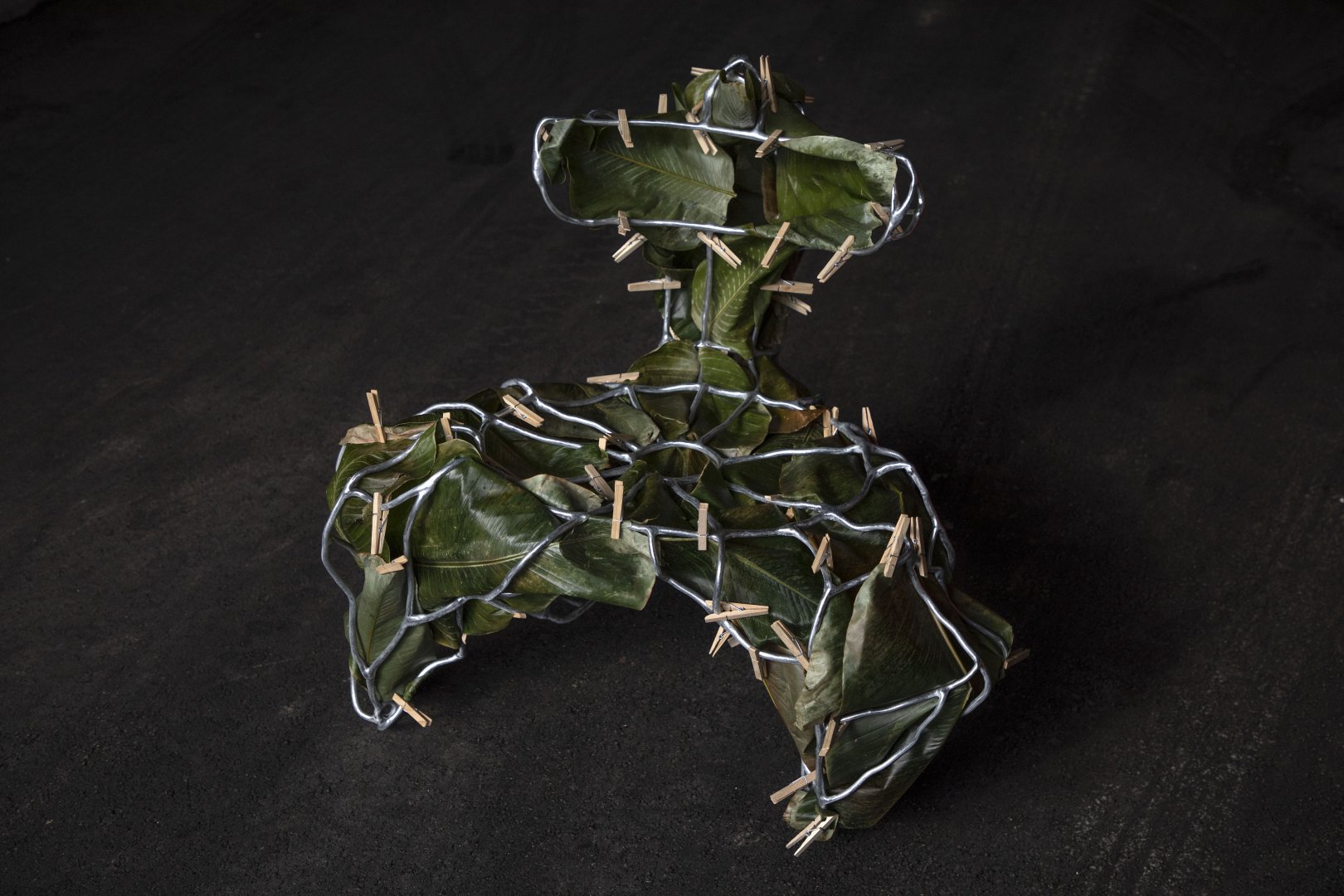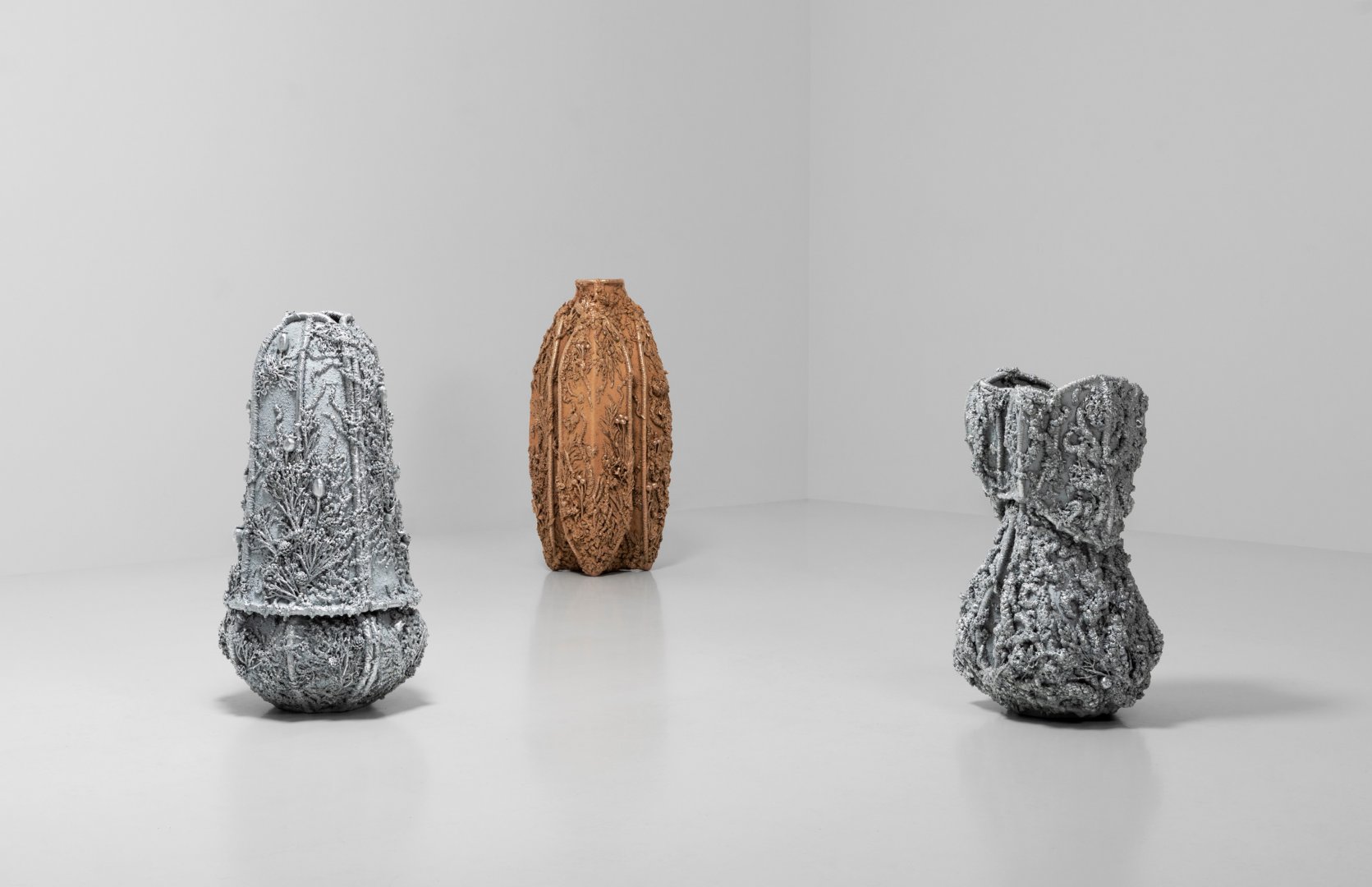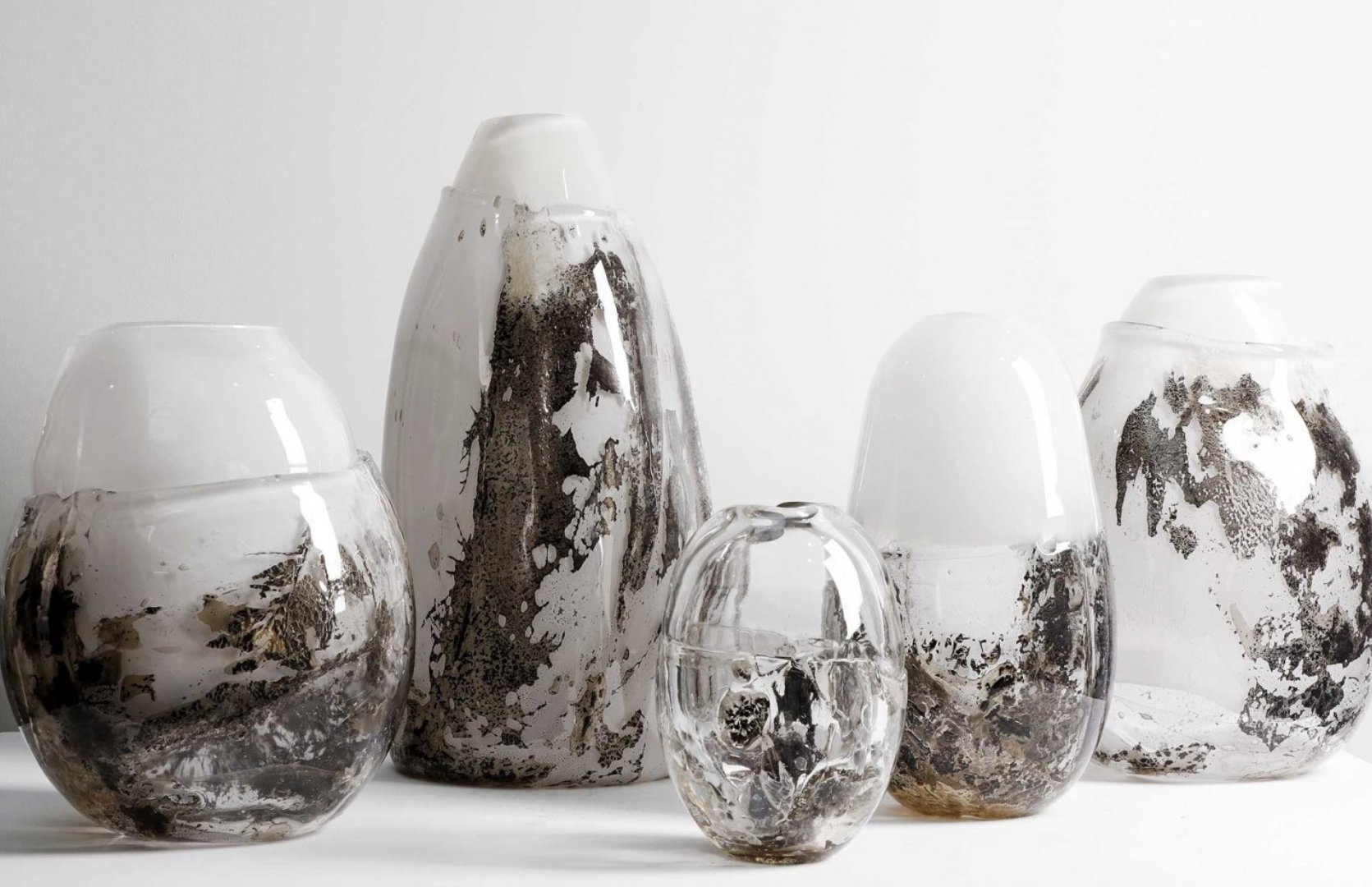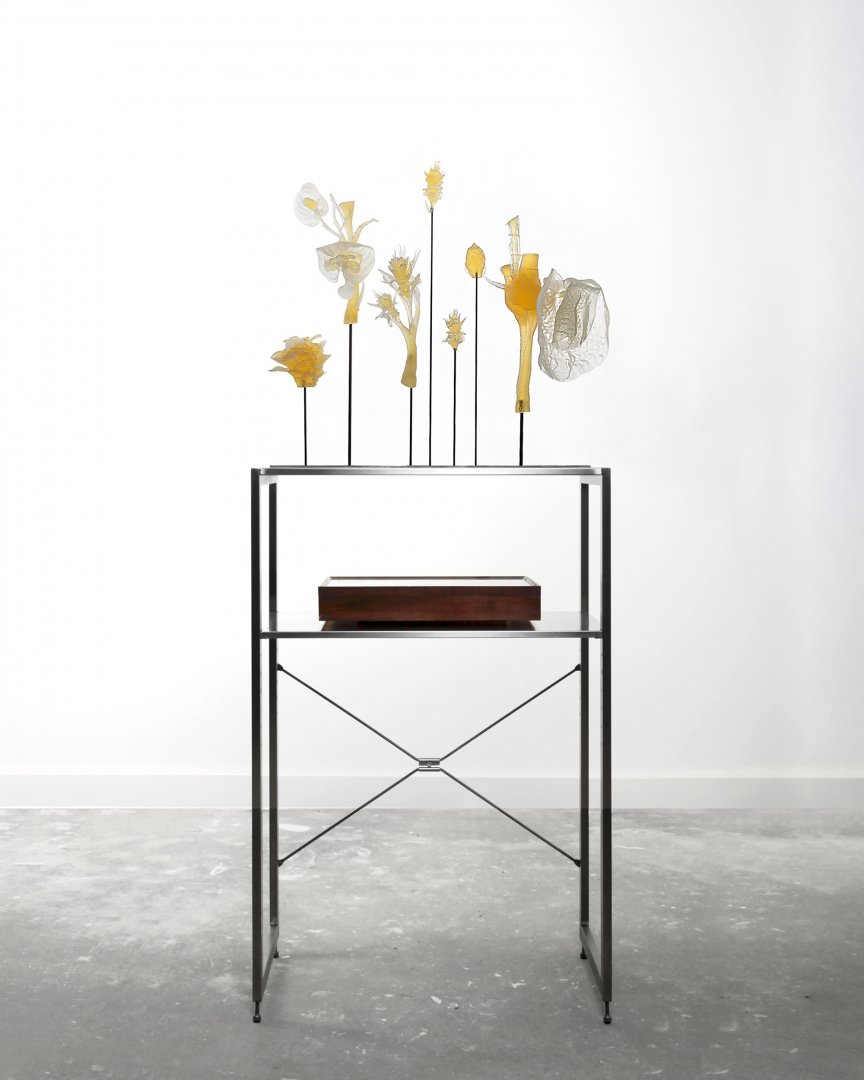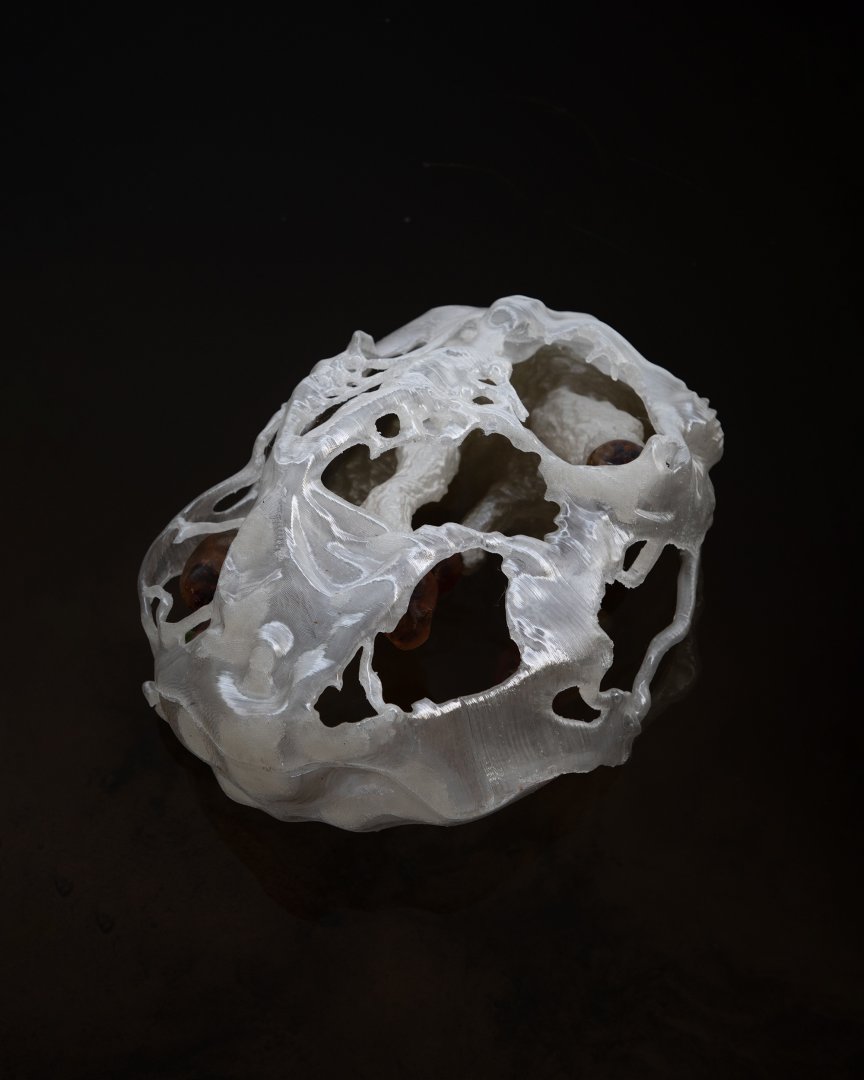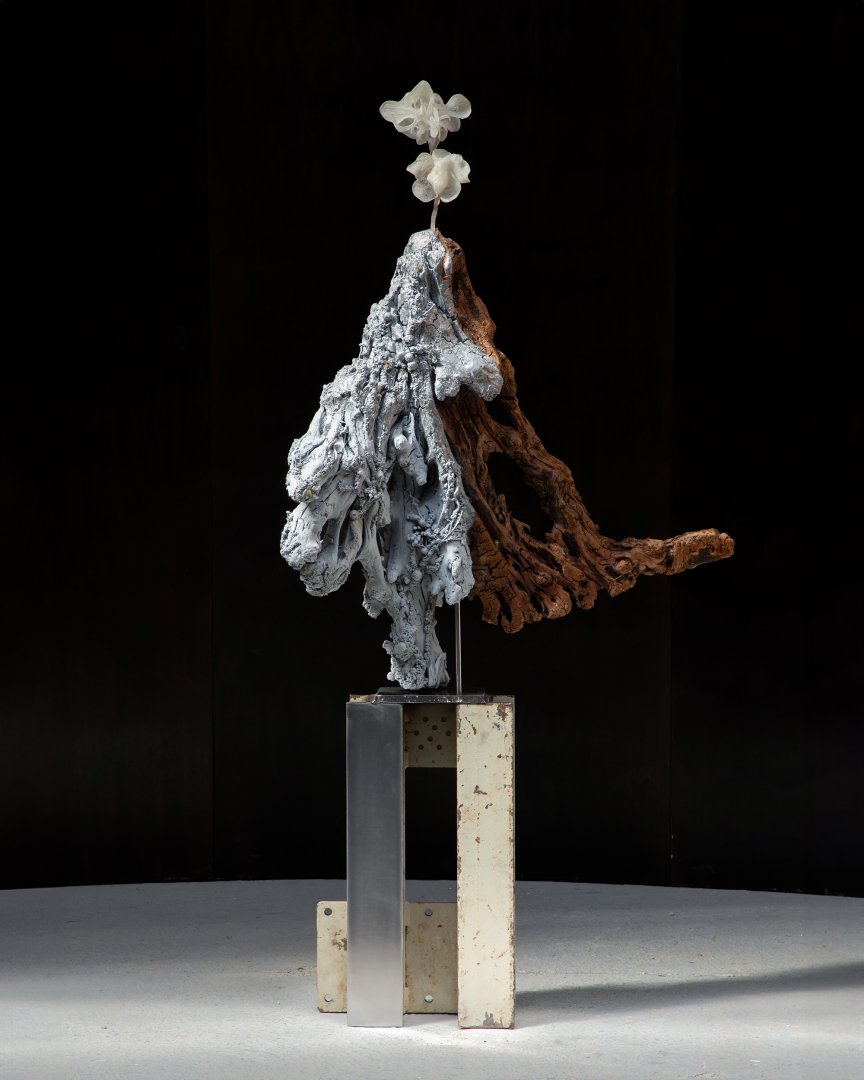For enquiries please contact:
info@marcinrusak.com
For special commissions please contact:
info@marcinrusak.com

Nature Of Things: 05 (Chochol)
-
Nature of Things
The idea of temporary protection, preservation and nature's capacity to be reborn becomes encapsulated in an ambivalent form, reminiscent of both a human figure and a hay cone. Alluding to Stanisław Wyspiański’s famous pastel, ‘Chochoły’, as well as the ancient Slavic spirits and dance macabre sequences, this unique outdoor sculpture, commissioned by William Morris Gallery on the occasion of the ‘Young Poland’ exhibition, offers a contemporary take on the popular metaphor defining Polish cultural identity. While the motive of ‘Chocholy’ was, and still remains a symbol of a ‘dormant’ nation in the time of partition, the sculpture carries the possibility of awakening through the gradual change and transformation of its perishable material. Wrapped around the steel wire structure, an ephemeral, organic cocoon is formed: a manmade tissue of a hand-sewn jute and dry flowers, which, in a gesture representing the struggle between deterioration and preservation, is partially covered with shellac and metallized with zinc. Dependent on the atmospheric conditions and its progressive decline, the sculpture comes to life, gradually uncovering its hidden layers and carrying the hope of becoming something else.
| DIMENSIONS: 240 (H) x 140 (W) x 70 (D) cm 94.5 (H) x 55.1 (W) x 27.6 (D) inches ca. 90 kg ca. 198.4 lbs |
MATERIALS: Selected and processed real flowers, steel wire, jute fabric, shellac, zinc. |
DETAILS: Unique piece. |
ENQUIRE: info@marcinrusak.com |
